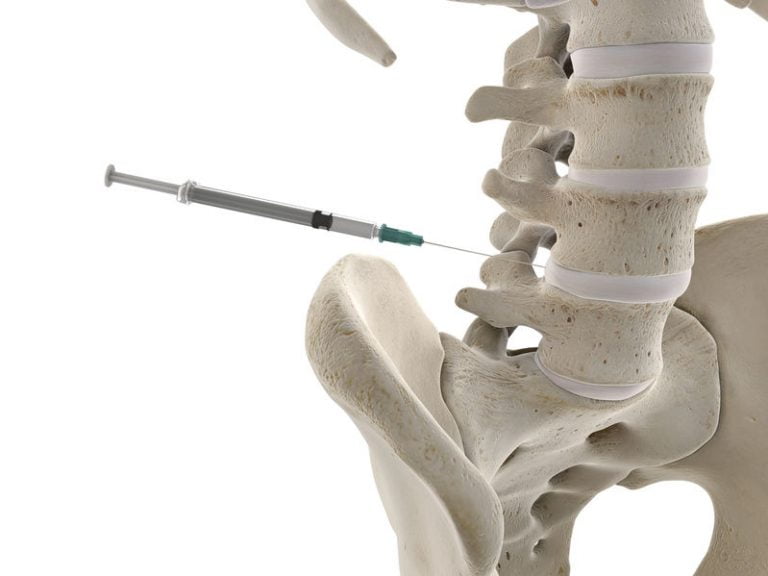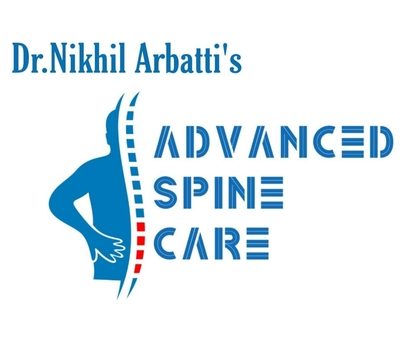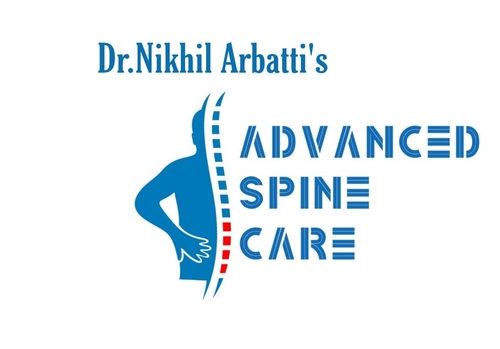



Non Surgical Treatments
Treatment for Spinal Problems is always based on the Patients presentation :
The symptoms , Duration of the symptoms, Patient profile, Investigations and Treatment taken till date.
At our Center we never generalize the treatment plan but individualize it according to patients needs and complaints.
Radiological Investigations like X rays, MRI & Ct scans and Nerve studies help in Confirming the diagnosis and deciding the management. But these are baseline Investigations and not the only Criterion for deciding the line of treatment.
Apart from the scans and other clinical features, its also important to consider the patients socio-economic and physiological profile before deciding any line of treatment.
There are various guideline formulated by our team based on International Practices for Spine Care. These are :
- If the patient with spinal problems presents with only complaints of pain , and it’s the first episode and has no neurological deficit (No weakness in hands or legs, no disturbance in walking and Bladder & Bowel are all in proper ) then the focus is on management of only pain. In fact sometimes no Radiological Investigations may also be required as many a times it can be due to pure muscle spasm and can be managed with rest and appropriate medications only.
- If the patient with spinal problems has repeated episodes of pain, or has already been prescribed a period of rest and medications without any relief in symptoms, then we proceed to the next line of treatment, This Includes Investigations. Appropriate Investigations and Treatment based on these Investigations are then started.
- Initial treatment can be managed on an outpatient basis, wherein the patient need not be admitted for the same. This is decided after clinical examination and Going through the scans . If possible we look for conservative Management of the symptoms, ( That is without any Operative Intervention) to see if it helps in Resolving the symptoms.
- Most of the spinal problems are brought about due to poor lifestyle, such as sedentary habits, minimal exercises and “poor posture”.
- Initial measures for pain management include Rest , Avoiding straining and exertion, Analgesics and Muscle relaxant medications ( If not contra-indicated), Muscle relaxation techniques like alternate cold and hot bag application, early physiotherapy modalities like IFT & TENS stimulation, also help in reducing the muscle spasms, thus most of the pain which is due to muscle spasm, is relieved by these measures.
- If the symptoms resolve with initial line of treatment then, we advise exercises for muscle strengthening and postural changes under a Physiotherapist guidance.
- Ergonomic training, is where postural correction is advised by trained Occupational Therapists. The trained therapists teach how to maintain the postures while sitting, standing and walking. Implementing these changes in Ones lifestyle helps a lot in preventing the recurrence of spinal pain and aggravating the spinal problems. [figure 14 showing proper posture as explained by physios]
- People having medical conditions like Diabetes, Thyroid disorders, Renal Dysfunctions, can also be affected from spinal ailments which are secondary to these conditions. Also these patients can have weak bones and muscles causing back/neck pain similar to that from spinal disorders. The correction of these ailments and its associated effects is necessary for conservatively treatment.
- 80-85% people with spine problems get better with conservative line of treatment, by changing their posture, increasing the muscle mass and strength, reducing and maintaining weight, managing their comorbidities and appropriate medications

